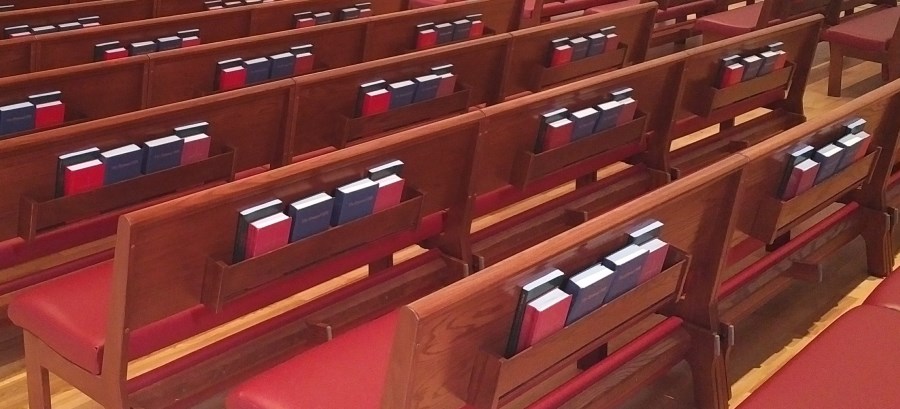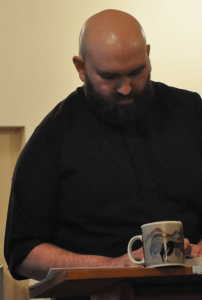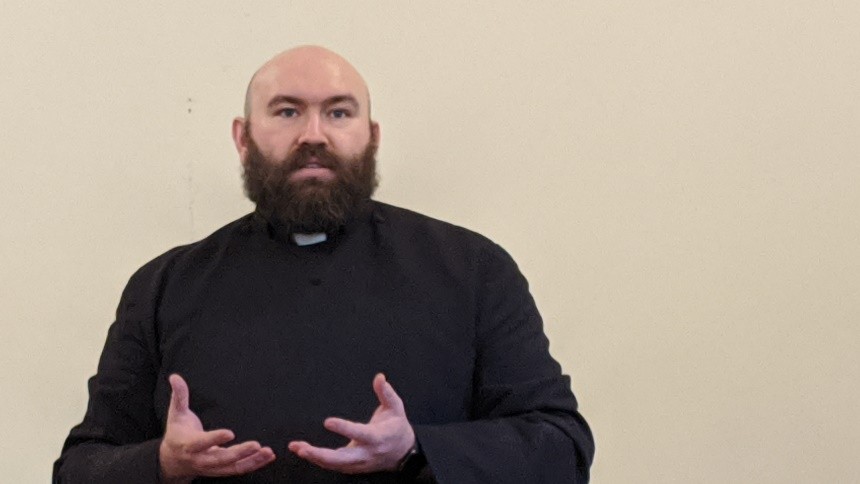A church in decline or the opportunity of space?
On Covenant, a part of The Living Church, there is an article on numeric decline in the Episcopal Church. Even saying the word decline is somewhat fraught these days. Some people will point out that the church does not have to be big to matter. Or, will trot out the old Mark Twain quote about statistics and lies.

The author of the article, David Goodhew, is quick to acknowledge that numbers only tell part of the story. However, he says, “If we believe Christian faith is good news, we should be seeking its proliferation, and be worried when it shrinks. Ignoring uncomfortable numbers does no good. Indeed, it only means the problems will have increased by the time we face the true state of affairs” (Facing Episcopal Church decline – Covenant).
Some of the numbers that the author quotes appear breathtaking in their severity. The statistics are broken down. The numbers of baptisms and marriages are particularly startling. Baptisms in 2015 compared with 1980 have dropped by half. Marriages in that same epoch have dropped from almost 39,000 to under 10,000. Taken along with the other membership data that Goodhew reports, it would not be hard to conclude that the Episcopal church will be consigned to the dustbin of history in a few decades.

Goodhew is also at pains to draw our attention to the fact that some of the causes of this are out of our control. Demographics do not favor the church — in a church that is predominately white, the low birthrate does us no favors. Nor has the decade of conflict and schism been a factor that makes the church particularly attractive — though these trends predate the latest unpleasantness over human sexuality. The rising secularism in American society is also noted — though we in the Pacific Northwest are much more accustomed to this trend than other parts of the country.
It is, Goodhew infers, the church’s response to these realities that has done the most damage. We tend to move slowly to change and adapt, a natural outgrowth of our traditionalist mindset as a denomination. Being a church that sits in the middle of things — both Catholic and Reformed — we are slow to make too many course corrections. This habit served us well for hundreds of years, but now, it might cause us to disappear, in theory.
Though it is easy to read Goodhew’s article and jump to the doom and gloom scenarios for our denomination, it’s important to center ourselves, even in this, in the resurrection. Each church is an outpost of God’s Kingdom in the world. We are heralds of Good News that God is doing something in the world. We are not responsible for the growth or shrinking of the church, local or national. We are responsible for heralding the Good News of God in Christ by living our lives in accordance with the Baptismal Covenant and engaging in the ministry of reconciling the world to God through loving relationship with God and our neighbor. I believe that continuing this work, hard though it may be when we hear statistics that seem ruinous, constitutes the best, the only way to “grow” the church: to plant and water seeds of the Good News that will grow with God’s grace. After all, we have the room now to grow.

Church of the Redeemer
Church of the Redeemer: Worshiping God, living in community, and reaching out to the world around us. We are an Episcopal Church serving north King County and south Snohomish County. We welcome you be with us as we walk the way of Jesus.
Church of the Redeemer is at 6210 Northeast 181st Street in Kenmore, Washington. We are a short distance north of Bothell Way, near the Burke-Gilman Trail. The entrance looks like a gravel driveway. The campus is larger on the inside than it is on the outside. And we managed to hide a large building on the side of a hill that is not easily seen from the street.
The Episcopal Church welcomes you.





